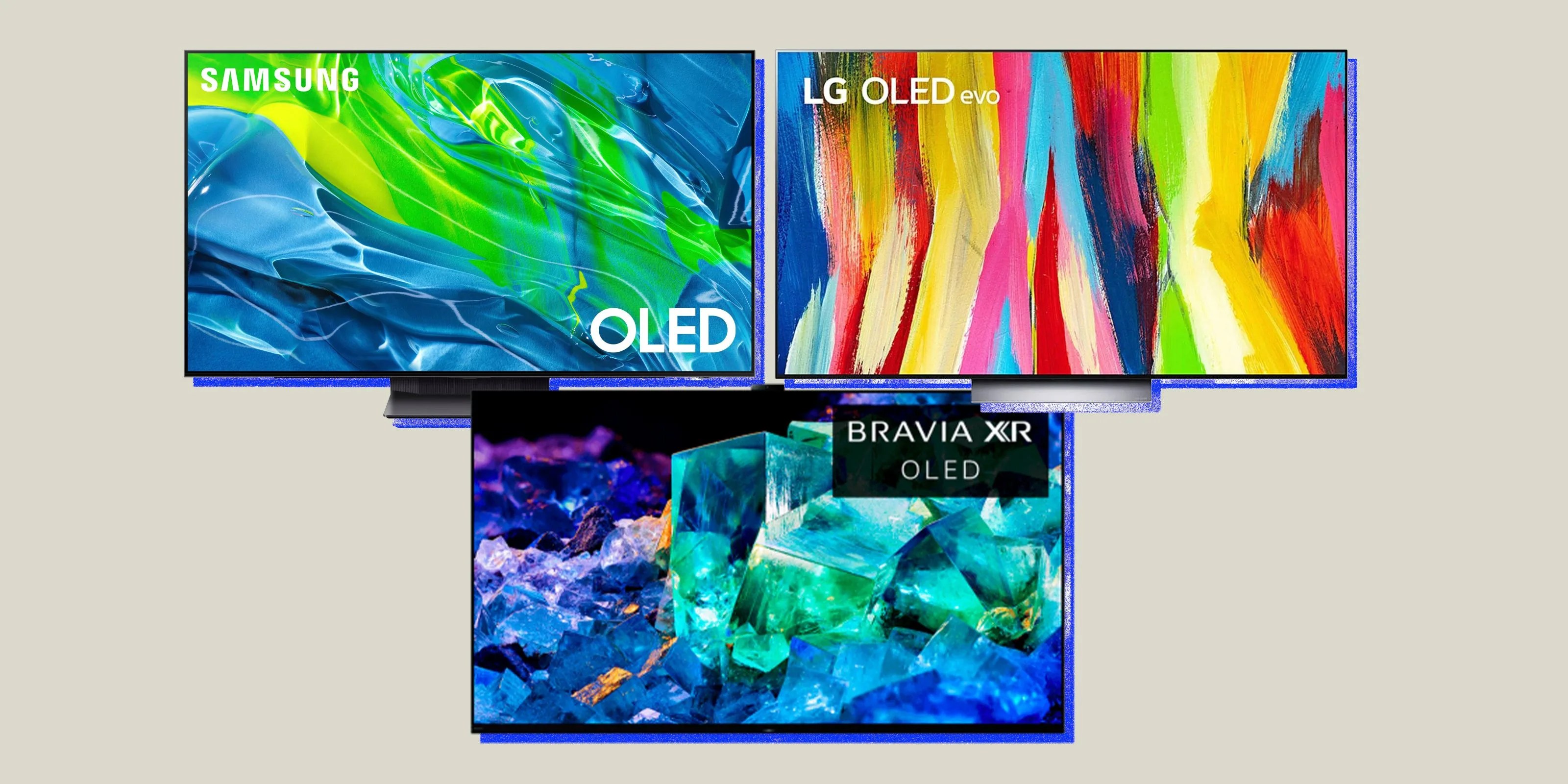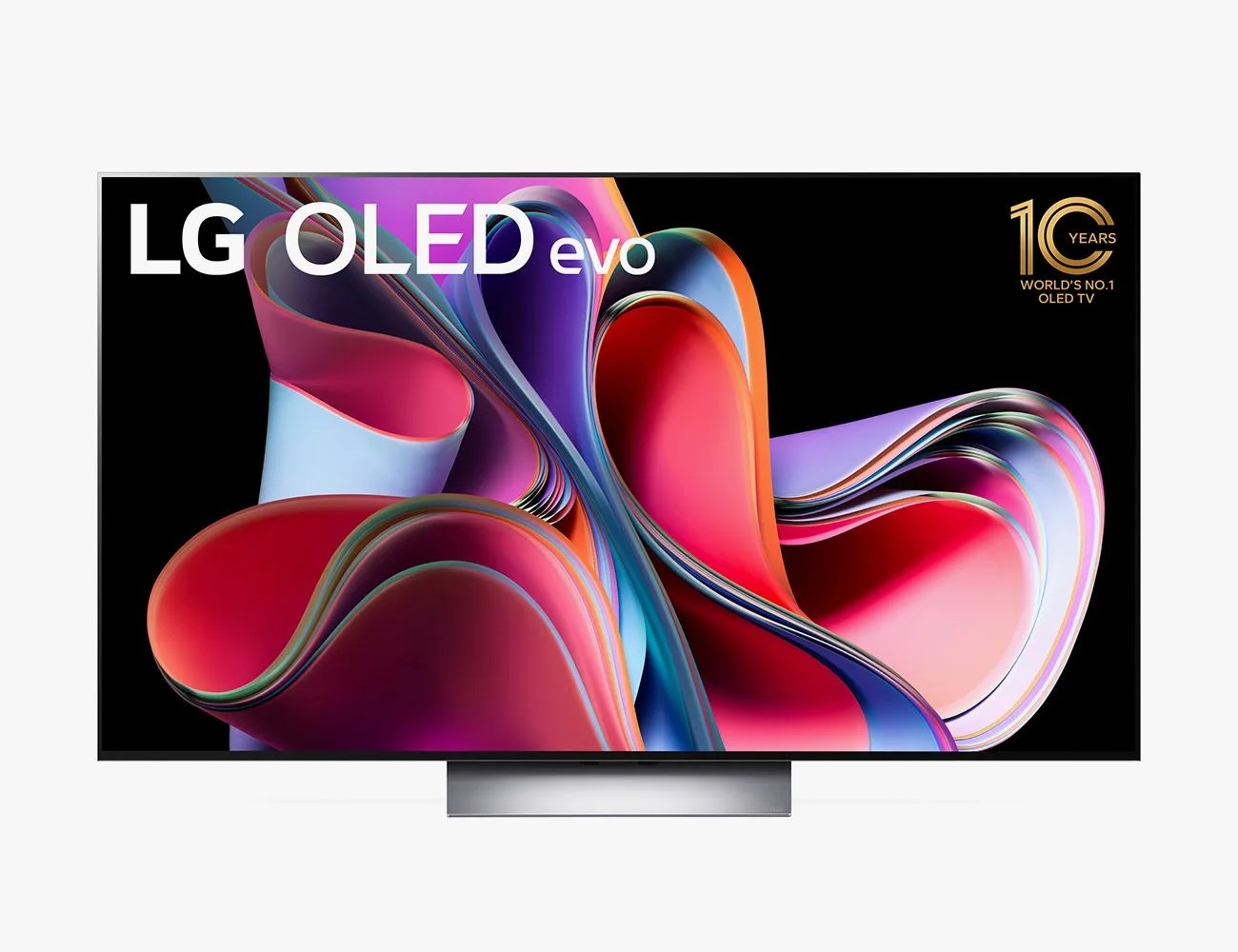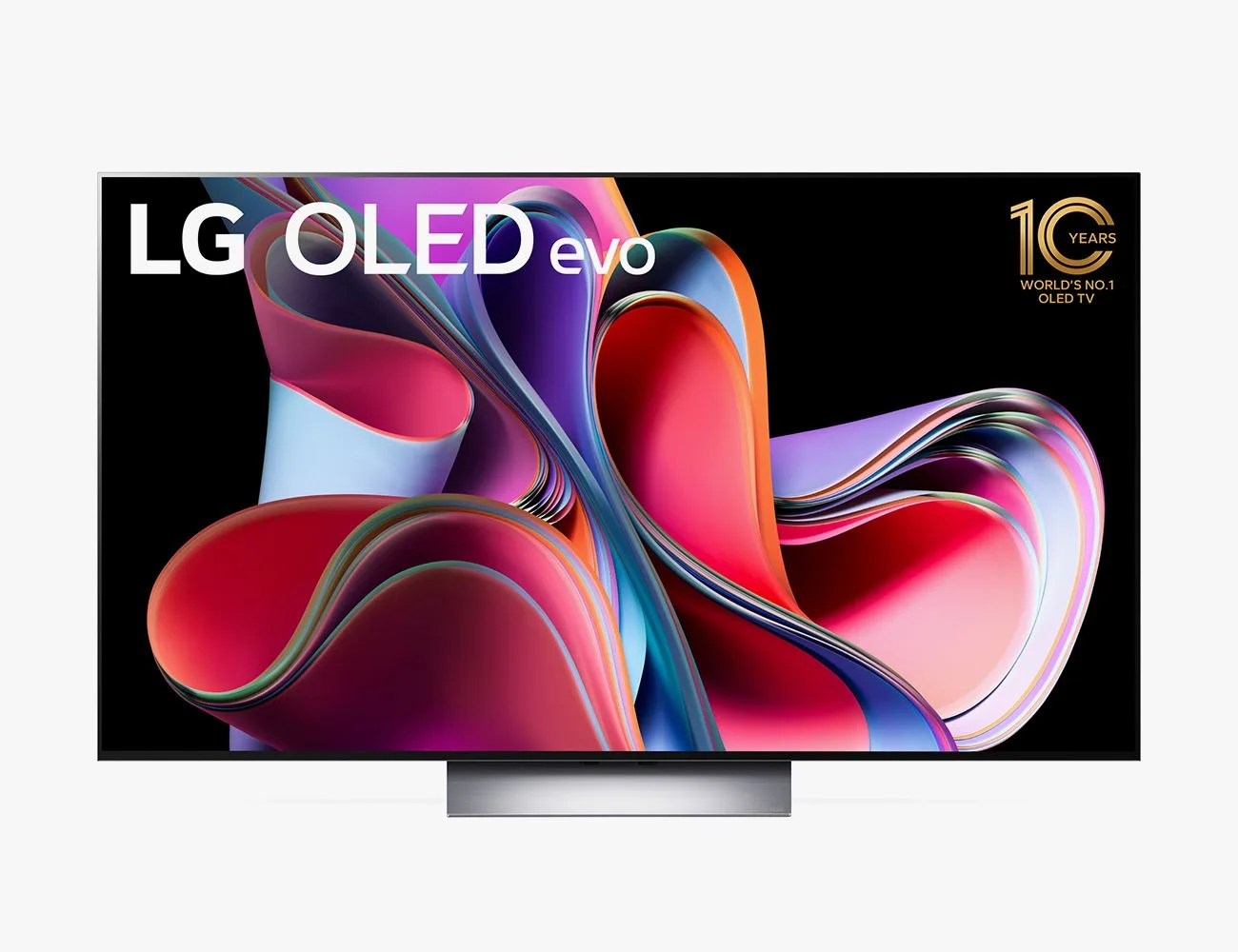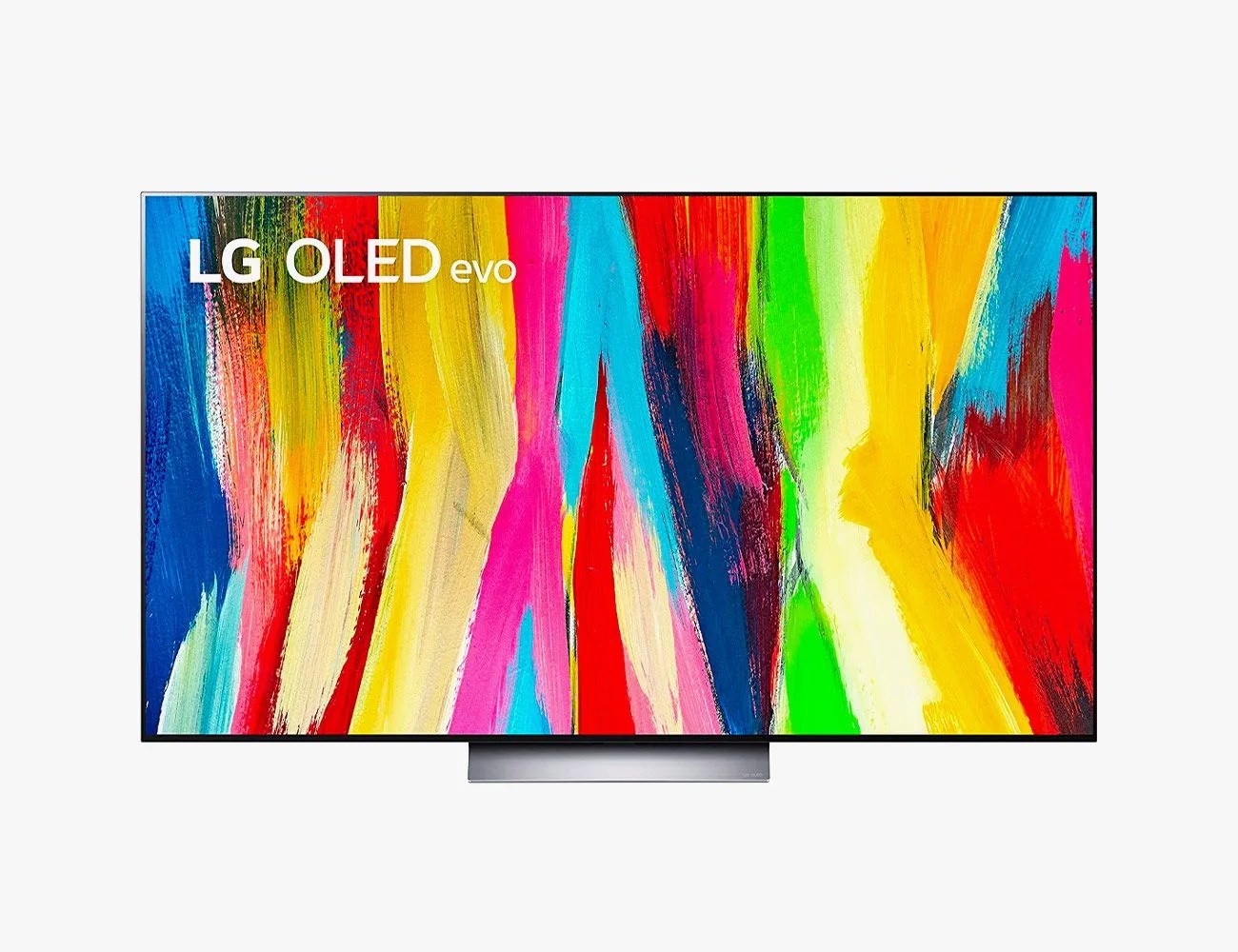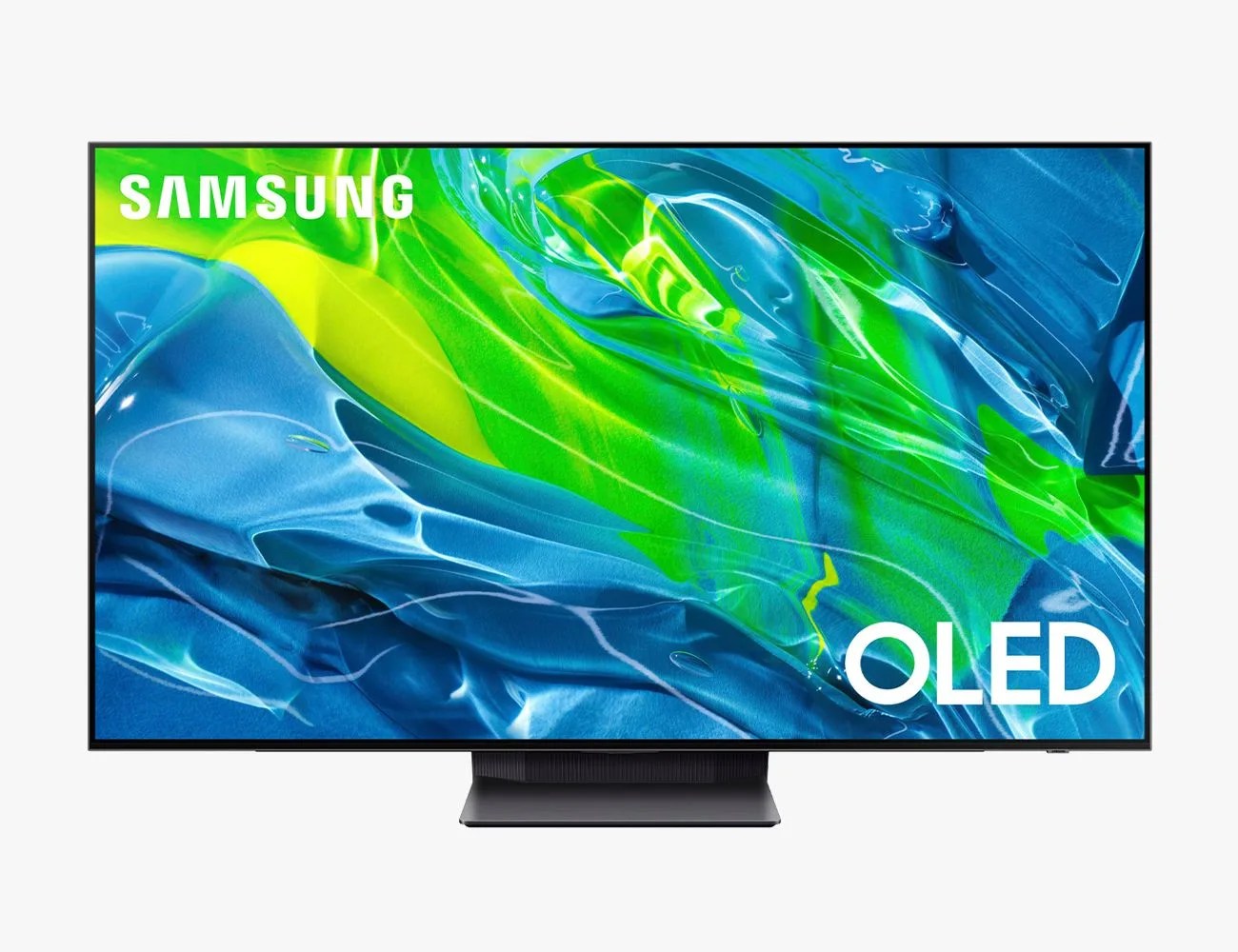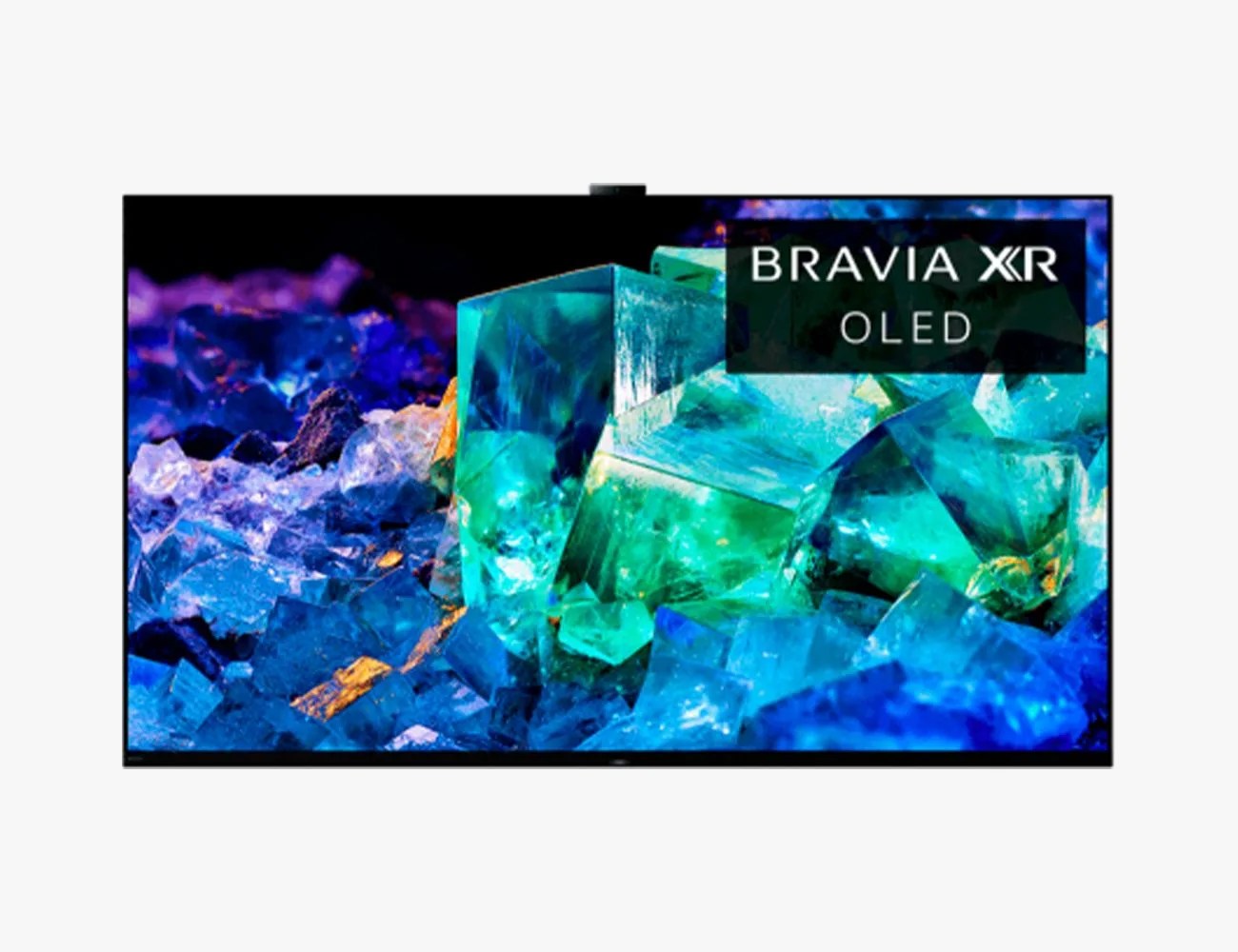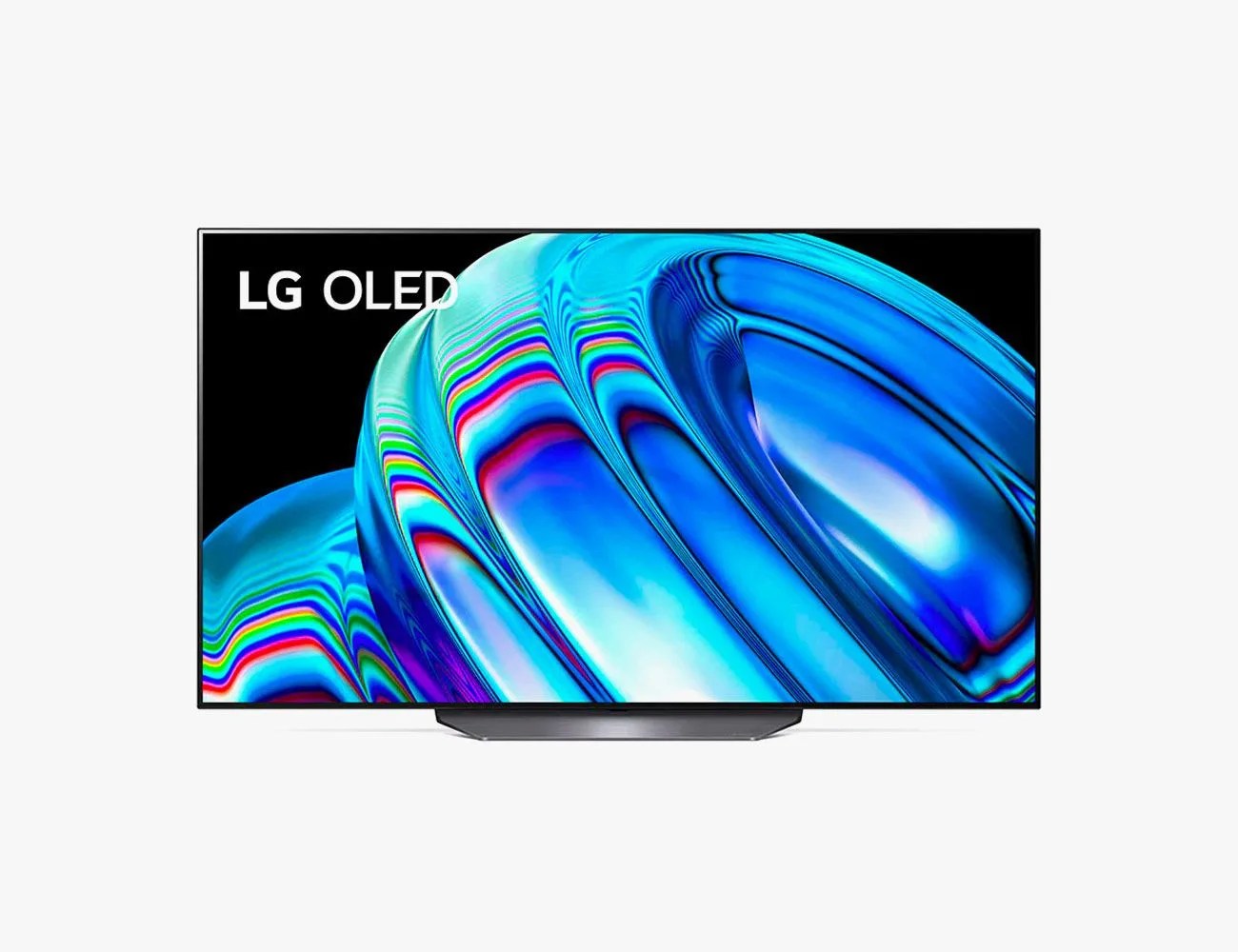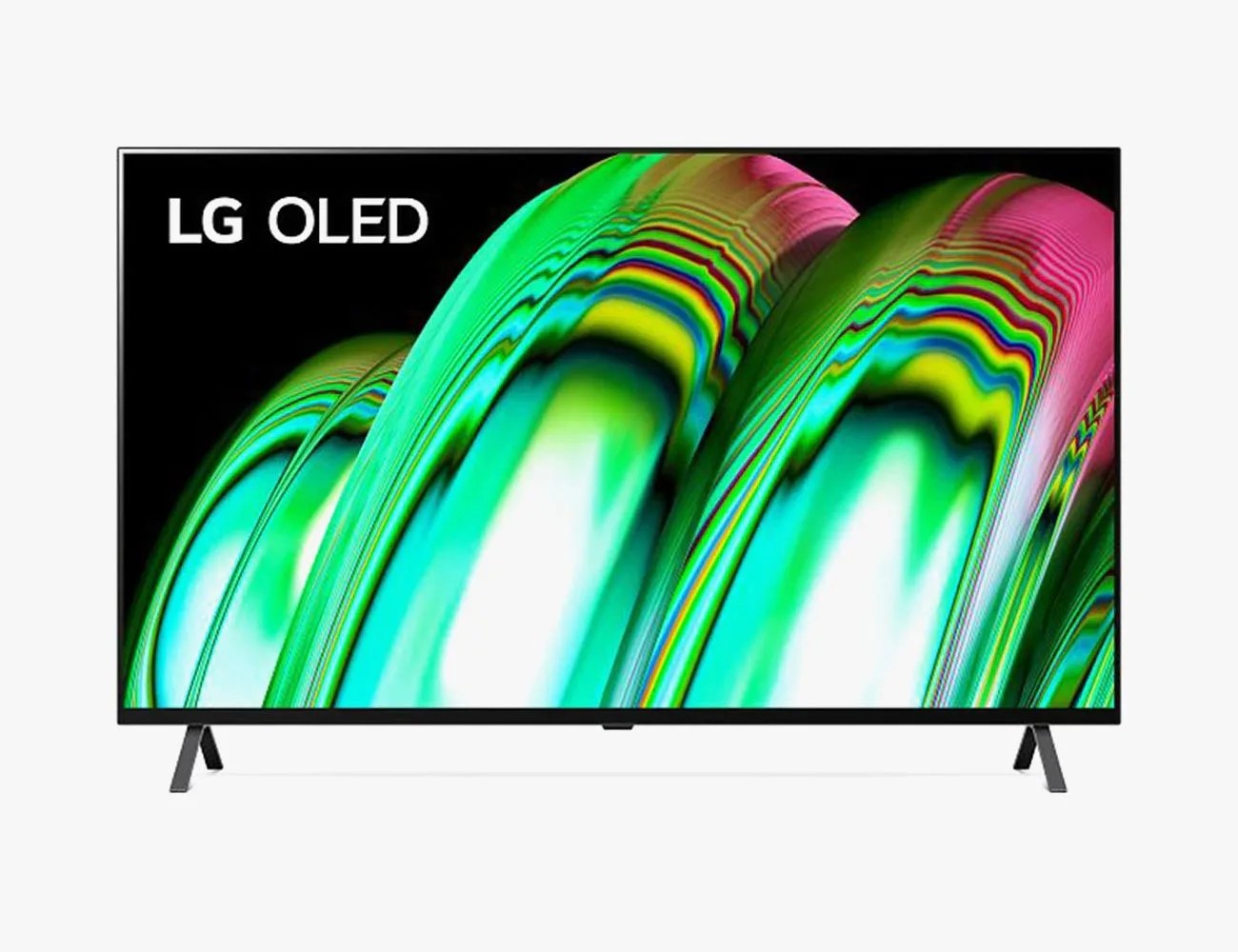If you’re looking for the most beautiful TV you can afford, buy an OLED TV. Compared to traditional LED TVs (which are most TVs), OLED TVs are able to produce darker blacks, superior contrast and more lifelike colors — they just generally deliver a way better picture.
For years, the main strike against OLED TVs was that they were way too expensive, but that’s not really the case anymore. In 2023, for example, you can buy a 65-inch OLED TV for under $2,000. Yes, they can still be expensive — especially when you can get a similarly sized 4K LED TV for well under a grand — but they’re not unreasonable.
Products in the Guide
The next thing to know is that there are quite a few companies that sell OLED TVs, but most of them get the OLED panels for their TVs from one company: LG. That’s right, LG makes the OLED displays for Sony and Vizio, as well as LG-branded OLED TVs. So if you buy an OLED TV from Sony, for example, you’re still getting an LG OLED panel, but you’re paying for Sony’s design, picture processing and audio technologies, as well as its smart operating system.
The one outlier is Samsung, who started selling its own OLED TVs — called QD-OLED TVs — in 2022. These are unique because in addition to being OLED panels, Samsung also integrated them with its quantum dot technology, which makes the color even more vibrant and saturated. As of 2023, Sony has also announced its first OLED TVs that are integrated with Samsung’s quantum dot technology.
What to Look for
Resolution: Don’t worry too much about the resolution of an OLED TV — they all can deliver at least a 4K picture. Some can deliver a 6K or 8K picture, but you shouldn’t be swayed by this because there’s very little 6K or 8K content for any TV to take advantage of.
Size options: This is pretty self-explanatory, but not all OLED TVs are available in a wide array of sizes. In fact, it’s still pretty rare for OLED TVs to come in sizes that are smaller than 55 inches or larger than 77 inches. The other obvious thing is that the size of the OLED TV is going to have a big impact on price. Large OLED TVs are very expensive.
